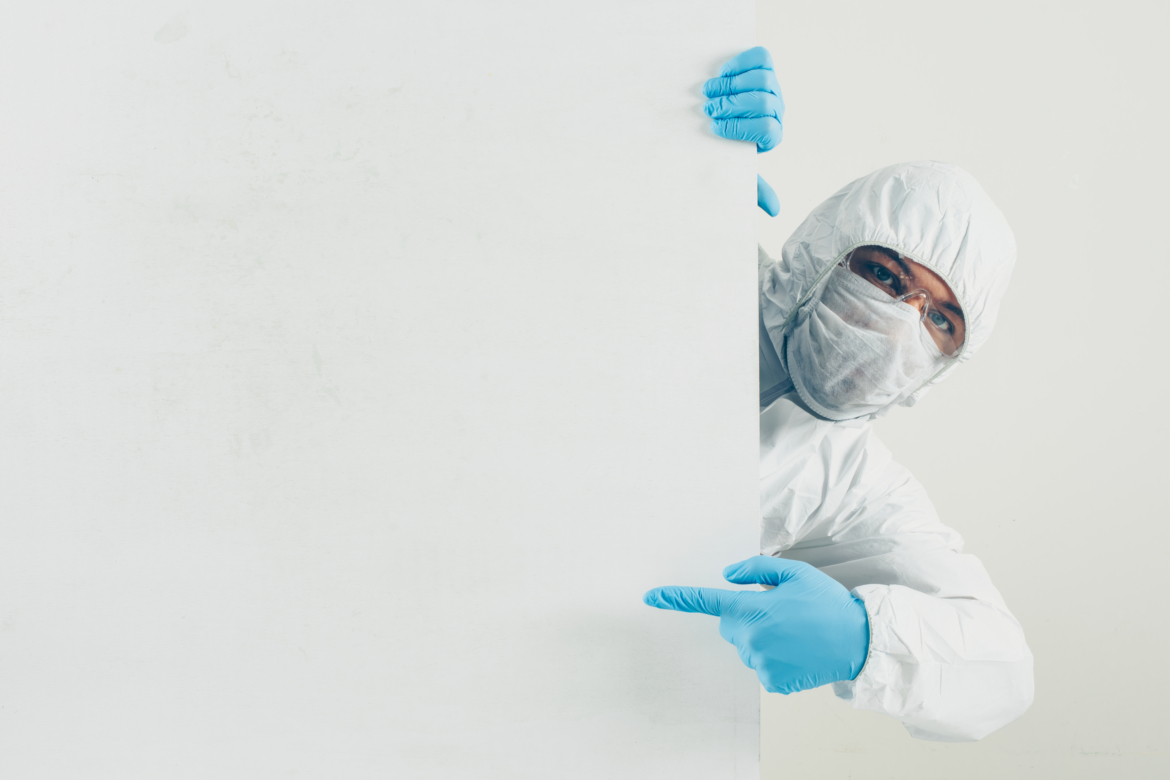5 Important Tasks for Re-Opening Buildings During COVID-19 Pandemic
Buildings that closed completely during the COVID-19 pandemic now have to deal with several things to prepare for re-opening.
Shutting down facilities for weeks has consequences- some are predictable, like the need to screen visitors for COVID-19 symptoms and some you may not have anticipated, like filthy water.
Before you resume full operations, you should ensure you have these five essentials sorted before employees, tenants and guests start to occupy your building again.
1. Flush Your Pipes.
If your building has been empty or underused for a couple of months, your pipes might present several hazards.
Water sitting in the building is stagnant and could contain Legionella. So you need to refresh the water in the plumbing system. The best thing to do is to purge the building’s entire water system to ensure there’s freshwater present and whatever water treatment used is at a safe level.
We recommend that you:
- Flush the first toilet and/or urinal at least three times
- Allow faucets to run for at least 90 seconds. Clean the aerators and spray heads
- Run showers at the full opening (using both hot and cold) for at least three minutes
Inspect and flush all other water-using appliances.
2. Fumigate.
The lack of foot traffic in normally busy facilities encourages pests to move around more than they typically would if the building was fully occupied. This is especially true if you didn’t continue your regular pest control services while your building was unoccupied or under-occupied. Before you start reopening buildings, it’s crucial to fumigate to reduce or eliminate pests within the building.
3. Conduct a top-to-bottom cleaning and reassess standards and procedures.
Oversee a thorough cleaning and disinfection of the building before it reopens, making sure there are enough cleaning and sanitizing products on hand to conduct frequent cleanings. Follow the Centers for Disease Control and Prevention (CDC) guidelines for cleaning and disinfecting various surfaces.
4. Make it easy for customers to sanitize hands and disinfect surfaces.
Since contaminated hands can spread pathogens, it is also important that facilities make hand sanitizers and disinfecting wipes readily available. WHO recommends using a hand sanitizer containing at least 60% alcohol to kill germs effectively. Consider deploying touch-free dispensers in high-traffic locations throughout the building, such as at entrances and near elevators. Also, look for disinfecting wipes with ingredients that are gentle on furniture and finishes, but tough on germs. At a time when guests are nervous to touch things without wearing gloves, they will appreciate that the facility is encouraging everyone to keep hands and surfaces clean.
5. Implement Crowd Control Measures.
As COVID-19 spreads, essential businesses, like supermarkets implemented measures to keep customers physically separated even as they continued to shop. Employees encouraged customers to stand six feet apart in a line, while occupancy is limited to discourage dense crowds.
Now that you are reopening, you can learn best practices from businesses that safely remained open including taking temperatures using thermometer guns or other body temperature measuring devices before admitting people into your premises and marking spots on the floor to aid the implementation of social distancing guidelines.
Overall your facility manager can make an informed decision about the crowd-control strategies best suited for the facility and then be diligent in enforcing these strategies to protect employees and guests.
As you reopen, we implore you to continue to embrace the social distancing guidelines that have been put in place by the authorities to continue to stay safe.


